How to Become a Vegan: A Beginner’s Guide for an Easy Transition
So you’ve decided to give the vegan lifestyle a go! Great! But where do you start? What do you do? What do you actually eat?
In the beginning, it’s all very daunting and confusing. Adjusting to the vegan lifestyle is no easy task, and you should ignore anyone that says it is.
Don’t worry, I have been vegan for over 10 years now and have built this guide with all my experience, advice, and tips. So, let’s get started. If you haven’t decided yet, read our article: “Why go Vegan?“.
Changing Your Mindset About Food
All of us have grown up with a belief system surrounding the foods that we eat.
These beliefs are so ingrained into our minds that veganism, at first, seems illogical. Let’s take a look at these beliefs:
- Meat is essential to good health.
- Meat is the best way to build muscle
- Dairy helps us to maintain healthy bones and teeth.
- Animal products are the best source of essential nutrients.
- Fruits and vegetables are healthy, but they taste bad.
- Animal products are the centerpiece of our meals, and everything else is a “side” (garden salad anyone?).
You likely believe one or all of these statements.
It’s no surprise considering we live in a society where animal products are advertised to us on an almost hourly basis.
Next time you take a walk in the city or switch on the TV, try counting how many adverts you see for animal products. You will be astonished.
The first thing we need to do when going vegan is to remove these limiting beliefs.
You can get every single nutrient your body requires to be healthy via a plant source. Our bodies do not need animal products per se, they just need nutrients.
Vegans simply get their nutrients from different sources, that’s all. Animal products are not essential for your health.
This is backed by tens of thousands of medical professionals worldwide. Including the dietetic associations of both the USA and UK.
The American Dietetic Association states that “appropriately planned vegetarian diets, including total vegetarian or vegan diets, are healthful, nutritionally adequate, and may provide health benefits in the prevention and treatment of certain diseases.”
The British Dietetic Association confirms that “well-planned vegan diets can support healthy living in people of all ages.”
In other words, you do not have to worry about the health implications of a vegan diet.
In fact, I am confident you will find a well-planned vegan diet much healthier than your current diet.
Do You Need to Change Your Diet Overnight?
Absolutely not, unless you want to. There are two main routes that people take to go vegan. Neither is better than the other. It’s really up to you.
Instant Vegan
Veganism, at its core, is about animal rights. Many people start as vegans when they watch slaughterhouse footage or one of the many vegan documentaries available online.
Some people see the horrific footage inside factory farms and decide to go vegan instantly.
Gradual Vegan
Some people take a bit longer to fully adopt a vegan lifestyle. These people often go vegan initially for health or environmental reasons.
Gradual vegans remove animal products from their diet over weeks or months.
They tend to cement their decision to be vegan when they discover the incredible health benefits or awaken to animal rights issues.
As I said, there is no best way to go vegan.
Some hardcore vegans will claim the only way is to go vegan is overnight. I suggest you move at your own pace while actively learning about animal rights issues as you do.
If you do feel compelled to go vegan overnight, then great! Welcome to the vegan movement!
Is a Vegan Diet the Ultimate Fat Loss Diet?
Fat loss is highly dependent on the type and quantity of food you put in your body and how much energy you exert daily.
An unhealthy vegan will have a diet of mostly refined carbs, alternative meats, and dairy products. These products are often high in fat, salt, and sugar.
A healthy vegan will focus on mostly plant foods with a few alternative products as a treat.
For example, a healthy vegan may eat a big hearty Buddha bowl full of fresh vegetables, nuts, and seeds with some non-dairy feta cheese on top.
Plant-Based vs. Whole-Foods Plant-Based (WFPB) Diets
There has been a lot of confusion recently regarding the term “plant-based.” For many, it means eating only plant foods, also known as the “vegan diet.”
However, vegan is NOT a diet. It is “a way of living which seeks to exclude, as far as is possible and practicable, all forms of exploitation of, and cruelty to, animals for food, clothing or any other purpose.”
Veganism is not limited to our food choices and also includes clothing, materials, household goods, animal-tested products, or anything that contains an ingredient derived from animals.
Plant-Based
A plant-based person will consume only plant foods. This includes vegetables, fruits, legumes, beans, fungi, nuts, and seeds.
They will also eat any foods that are made up of plants such as alternative meats and cheeses. Such as Beyond Burgers, Violife cheeses, and Ben & Jerry’s vegan ice-cream.
Whole-Foods Plant-Based (WFPB)
Someone that follows a whole-foods plant-based diet exclusively eats plant foods that are as close to their ‘harvest-state’ as possible.
A WFPB diet includes fruits, vegetables, whole grains, beans, fungi, legumes, nuts, and seeds.
The plant foods they eat are unrefined and unprocessed. There are significant benefits to eating whole organic foods, including a lower risk of obesity, heart disease, cancer, and type 2 diabetes.
Those that follow a WFPB diet usually do so to be healthy. Helping animals and reducing their impact on the environment may or may not be the purpose.
How to Jumpstart Your Vegan Journey
If you want to go vegan but don’t think you can do it overnight, don’t worry. Here is a simple guide to jumpstarting your vegan journey so you can take it gradually.
1. Start Eliminating Animal Products
Make a list of all the animal products you currently eat. Now, group them into foods that you eat daily, eat sometimes, and hardly ever eat.
Immediately remove the foods you only eat sometimes and hardly ever eat. Believe me, you won’t miss them.
You should now have a list of animal foods you eat every day. For most people, this will include chicken, beef, cheese, milk, yogurt, and mayonnaise. You may have others also.
Now, you want to aim to remove each of these foods one by one. Each time you do, look for a vegan alternative to replace it.
2. Look for Vegan Alternatives
The vegan alternative market is booming in most developing countries. It has been incredible to see just how many innovative vegan foods have been launched in just the last two years.
Tofu
Tofu is the perfect alternative to any meat. It can be manipulated into any flavor you want.
This is why so many vegan meats are made using soy protein from burgers to sausages to mincemeat.
Tofu is best fried in small cubes and added to pasta, noodle, rice, and soup dishes.
Tempeh
Tempeh is a slightly less processed version of tofu also made from soybeans. It is made by deep-frying fermented soybeans and can be bought in supermarkets in tons of different flavors and styles.
It is commonly used as an alternative to chicken breast. You will find tempeh burgers or tempeh “Chickn” fillets in most good supermarkets.
Seitan
Seitan is commonly confused as a soy product but is actually made from wheat gluten. It’s incredibly high in protein and is commonly used for vegan fast foods like “Chickn” wings.
You can find seitan steaks, burgers, “Chickn” fillets, and more in good supermarkets.
Textured Vegetable Proteins (TVP)
TVP is made from soy and acts just like meat. It is quick to cook and can replace any meat in dishes like lasagne, chili, soups, tacos, and fajitas.
Lentils
Lentils are an excellent source of protein and have been a staple food for many civilizations for over millennia.
Indian dishes use lentils extensively for curry dishes. They are hearty and wholesome with the ability to take on any flavor.
Dairy
The number of vegan dairy products has exploded in the last few years. Vegans now have fourteen different plant milks to choose from. We can now eat ice cream, yogurts, cheese, butter, and cream!
Check your supermarket for brands like Oatly (milk), Violife (cheese), Alpro (yogurt), Earth Balance (butter), and So Delicious (ice-cream).
You will be amazed at the number of vegan dairy products now on offer.
Protein Replacements
A lack of protein is often touted as being the downfall of a vegan diet. This is actually a huge misconception spread by those who do not understand the protein content of plant foods.
Unless you are specifically looking to build muscle, you won’t need to worry about protein replacements.
As long as you eat a healthy and varied plant-based diet, you will be getting enough protein from your food.
Plant foods high in protein include tofu, tempeh, edamame, lentils, chickpeas, peanuts, almonds, beans, quinoa, and seitan.
Make these foods a regular part of your diet, and you won’t need to worry about protein intake.
3. Choose One Meal to Always Vegan
Each day choose one of your two or three meals to be completely vegan. This will help you experiment with vegan foods and get a taste for vegan meals.
If you choose breakfast, consider replacing your milk with plant milk.
For lunch or dinner, remove any meat, seafood, or cheese from your meal. Instead, find an alternative with the list above.
4. Take a Vegan Challenge
One of the best methods people use to go vegan is to challenge themselves.
The Veganuary campaign that happens each year challenges people to go vegan for the entire month of January. But you can start at any time. Start now!
Challenge 22 is also a popular method that has helped thousands of people go vegan. Join their community of 250k people and go vegan for 22 days. They provide tons of support, advice, and recipes along the way.
5. Find Support
The internet is a haven of vegan support groups and vegan communities you can join.
During the initial stages of your vegan journey, you may find your friends and family are unsupportive of your decision. Online you can find people to speak to and share your experiences, making life more comfortable.
Facebook Groups
- Forks Over Knives
- Vegans United
- Plant-based recipes and transitioning support
- What Broke Vegans Eat (great if you’re on a budget!)
Twitter has a fantastic vegan community that supports each other daily on their vegan journey. It’s an excellent resource for information, advice, tips, hacks, and brilliant recipes.
Be warned, some vegan Twitter users share very graphic videos from farms. If you don’t wish to see these, be selective about who you follow.
Instagram has proven itself to be an invaluable source of information and inspiration on my own vegan journey. Instagram tends to be a much more favorable environment for veganism.
Some key vegan people to follow on Instagram include:
- Ella Woodward
- Minimalist Baker
- Vegain Strength
- Earthling Ed
- Avantgarde Vegan
- Dates and Avocados
- Oh She Glows
Tips on How to Create a Vegan Meal Plan
When you first try veganism, I highly suggest creating a food plan for each week and an accompanying grocery list.
Knowing what to eat is confusing at the start, so make it as easy as possible for yourself.
After a few months, you will be able to do this off the top of your head.
1. Look for Recipes
The internet is packed full of millions of vegan recipes.
A great place to start is Pinterest. It’s full of incredible vegan recipes to choose from, and each one includes the ingredients required.
After a while, you may find particular vegan recipe websites that you find the most useful.
Personally, I enjoy Vegan Richa, Avante Garde Vegan, BOSH, Olives for Dinner, Oh She Glows, and Post Punk Kitchen.
2. Think About Nutrients and Abundance
At first, you will want to concentrate on getting all the nutrients you require for each day. It doesn’t have to be exact, but you should aim to get as much as possible.
It’s also imperative that you eat enough food. This is a common mistake of new vegans and why some people report feeling tired and lethargic after a few days of going vegan.
Meat and dairy are calorie-rich foods, you must replace these calories adequately by eating more food than you usually would. This is excellent news for anyone who enjoys eating as I do!
Here is what you should aim for:
Food group |
Suggested intake |
| Fruit and vegetables (fresh, tinned, frozen or dried), including orange varieties and leafy greens | At least 5 x 80g portions per day (30g for dried fruit) |
| Starchy foods – ideally higher fibre choices, such as oats, sweet potato, wholemeal bread, wholewheat pasta and brown rice | Every meal |
| Protein-rich foods, such as beans, lentils, chickpeas, tofu, soya alternatives to milk and yoghurt and peanuts | Most meals |
| Nuts and seeds, especially those rich in omega-3 fat | Daily |
| Calcium-rich foods, such as calcium-fortified foods and calcium-set tofu | Examples that could be included in your daily diet:400ml of calcium-fortified plant milk provides about two thirds of the recommended daily intake for adults100g of calcium-set tofu (raw weight) might provide about half of the recommended daily intake for adults |
Information provided by The Vegan Society
3. Buy Snacks
If you know any vegans currently, you will have noticed that we love to snack!
Vegan snacks tend to be healthy and, therefore, relatively guilt-free! We also need the extra calories!
You don’t have to snack as a vegan, but it’s a great way of getting all your nutrients. Here are some snack ideas for you:
- Fruit and Nut Butters (peanut, almond, cashew, macadamia, pumpkin seed, hemp seed) – Tasty and nutrient-dense
- Guacamole and Whole Wheat Crackers – Essential nutrients and a complete protein
- Vego Bars – Naughty and delicious!
- Edamame and Sea Salt – High in protein
- Trail Mix – High in calories and Omega-3
- Roasted Chickpeas – High in protein
- Hummus and Raw Veggies – Essential nutrient and high in protein
4. Cook Double
Always cook double the recipes so you can refrigerate or freeze the leftovers. You can then eat the rest the next day for lunch or use in the near future if frozen.
Sometimes, if you get caught out with no food at home, it’s great to have a quick freezer option.
5. Hit the Store
Try to stick to the list you made, but don’t be afraid to explore what else is on offer. Inspiration can hit you at any moment.
When you are on the lookout for vegan foods, you will suddenly notice items in the store you never thought of buying before.
For me, this is one of the best aspects of being a vegan. Your diet becomes more varied, and you naturally get more experimental in the kitchen.
A common misconception about vegans is that our diet is restrictive. I’ve found it to be the complete opposite. I now have more variation in my diet than I ever did before I went vegan.
Make sure you check what’s on sale also. Fruits and veggies are always reduced, which can be chopped up and frozen for later use.
6. Get Your Staples
Every vegan needs a cupboard full of staples. Some of these items will need to be replenished each month or longer depending on how frequently you use it.
Get these staples as your basics, they are not essential, but there aren’t many vegan recipes you can’t make if you have these in your cupboard.
- Vegan Veggie Stock
- Nutritional Yeast (with B12)
- Dried beans, legumes, lentils, chickpeas, and split peas
- Oats
- Nuts
- Seeds (pumpkin, sunflower, sesame, chia, and flax)
- Whole grains (brown rice, brown pasta, and quinoa)
- Apple Cider Vinegar
- White and red wine vinegar
- Oils (Olive, Coconut, and Flax)
- Dried Herbs
- Dried Spices
- Soy Sauce
- Sesame Oil
- Vegan Hot Sauce
- Coconut Sugar
- Coconut Cream and Milk
- Cacao Powder
- Baking Powder
- Multi-purpose Flour
- Chickpea Flour
Good Luck!
I hope this guide serves you well on your journey to becoming a vegan. Whatever you do, don’t be too hard on yourself if you don’t get it right straight away!
More importantly, enjoy the process and enjoy your new style of eating!
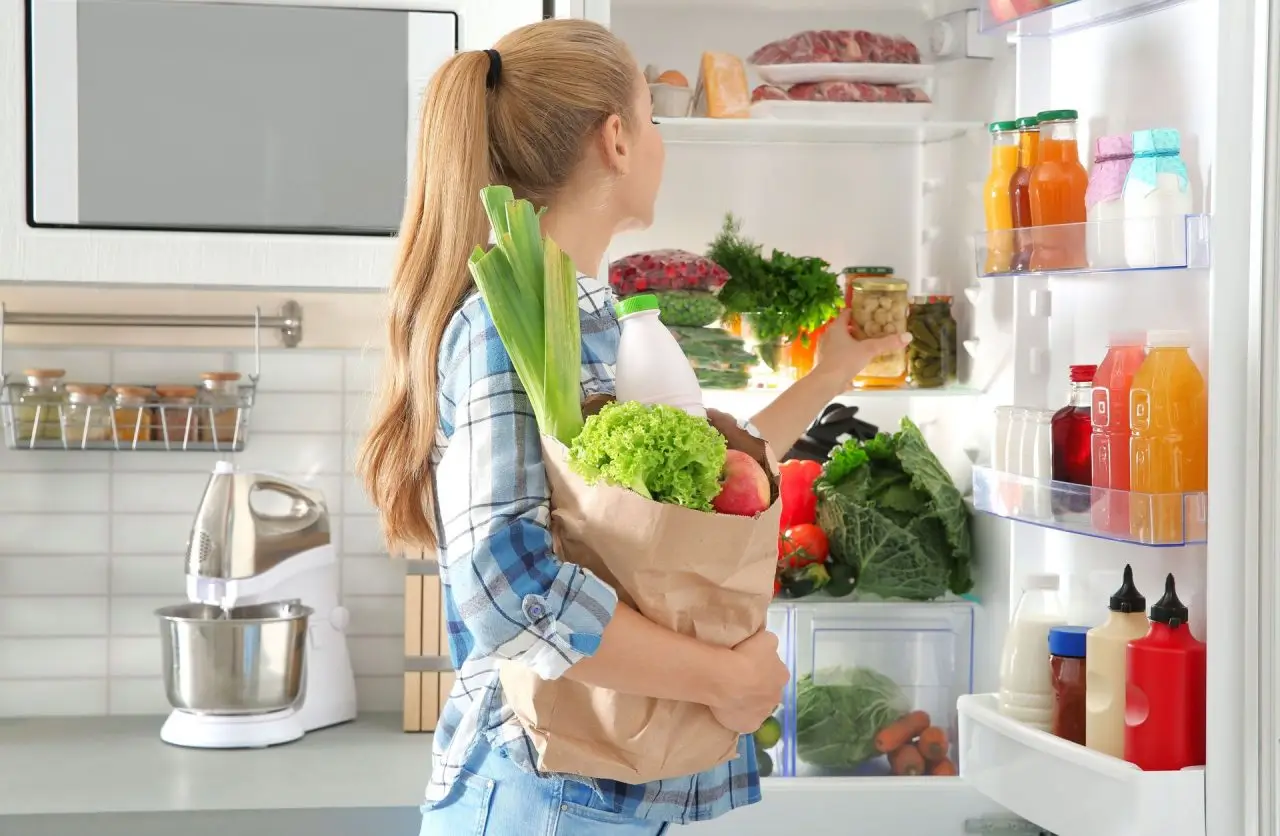
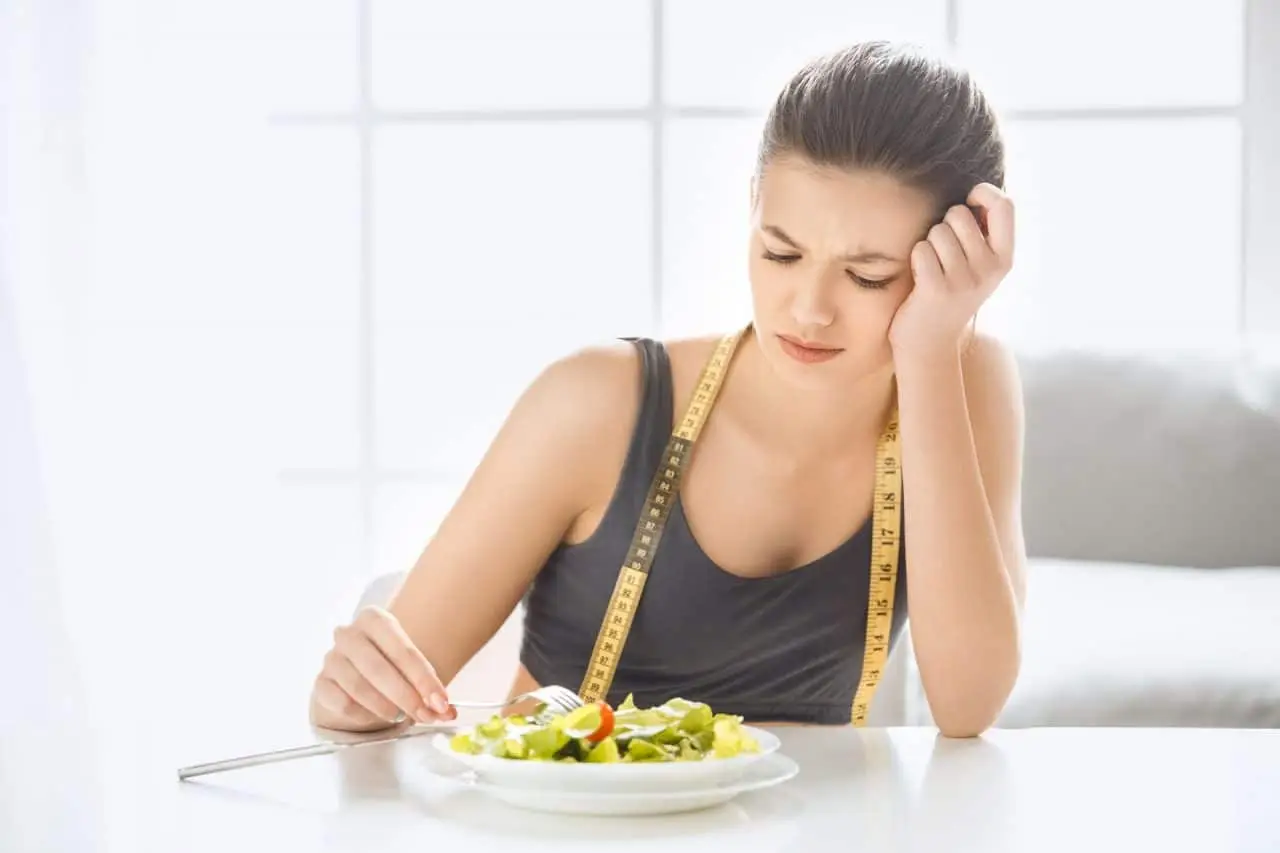
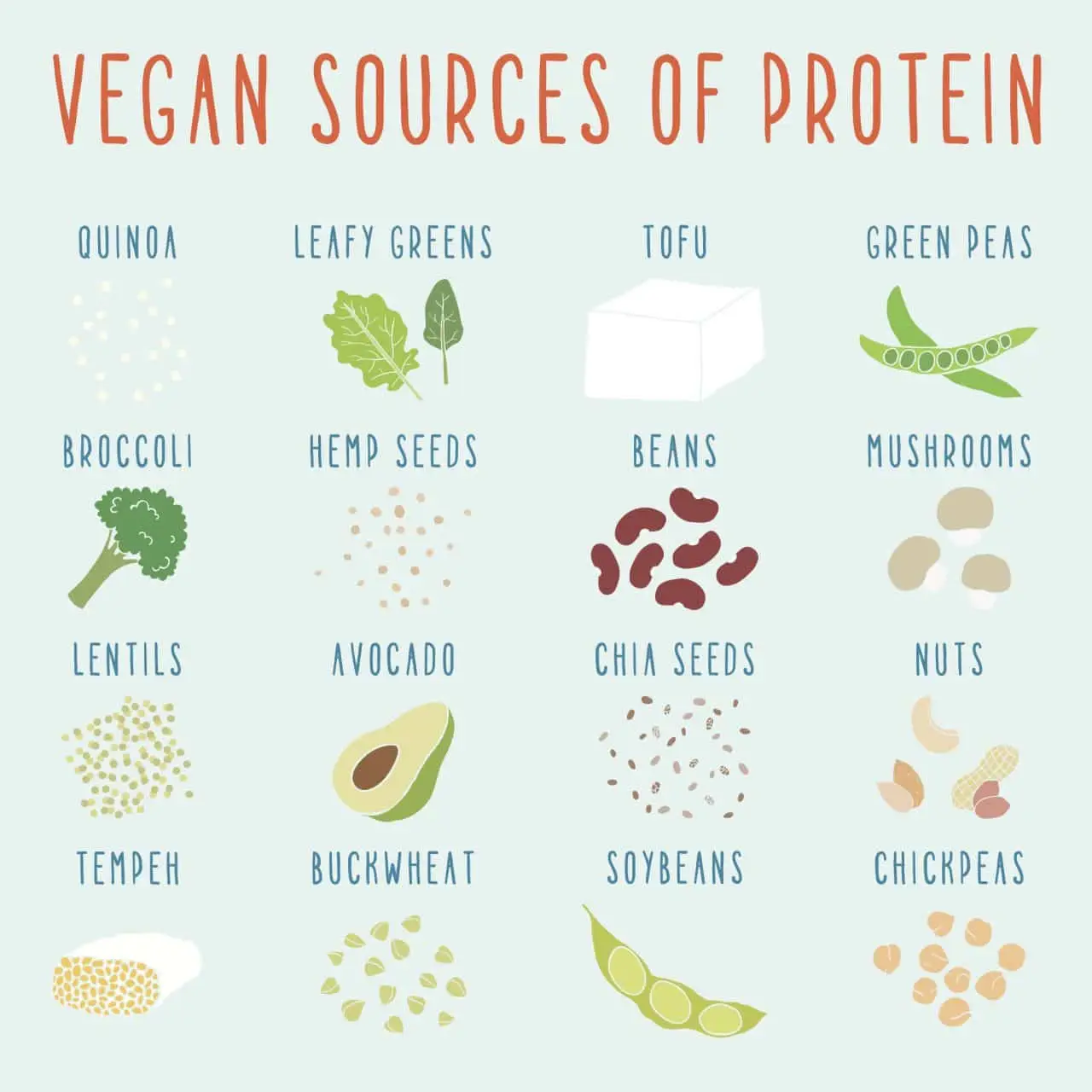
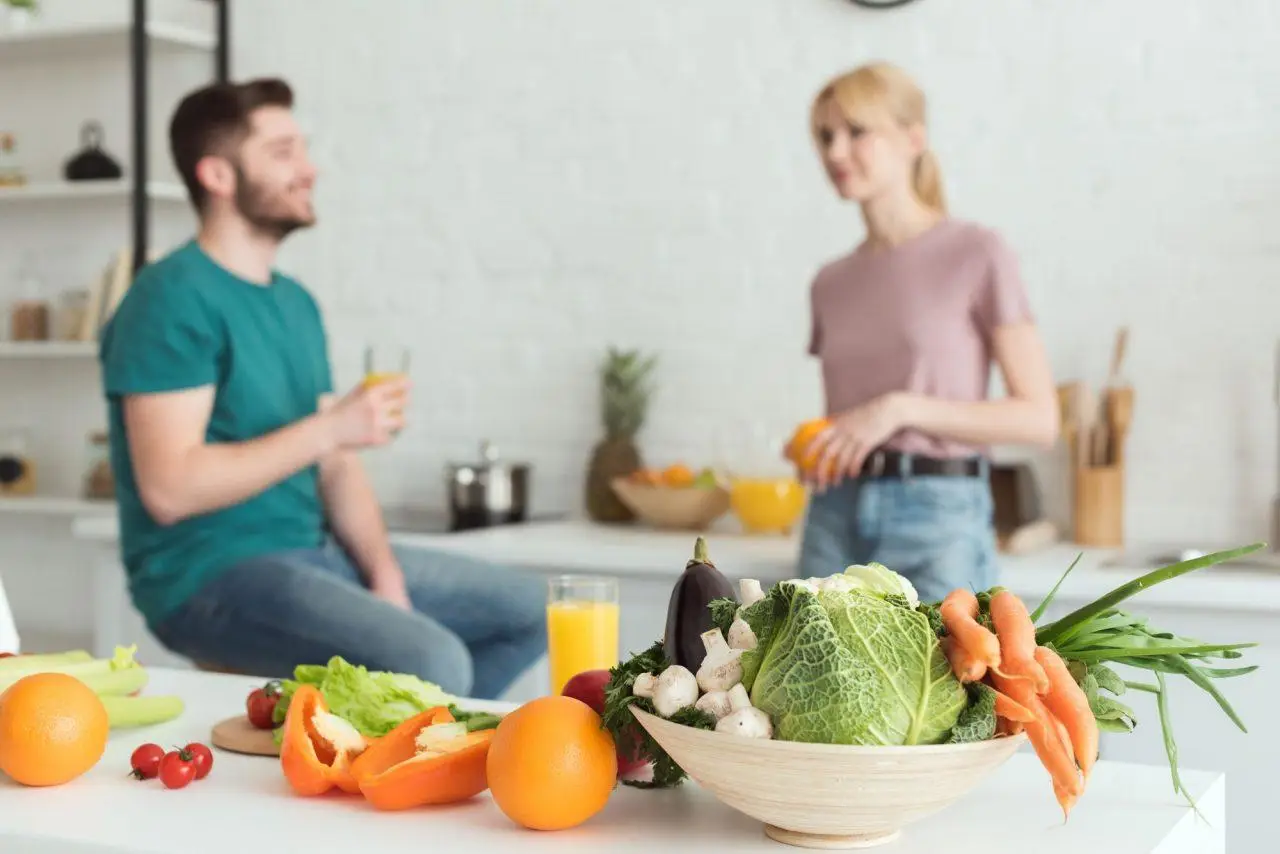
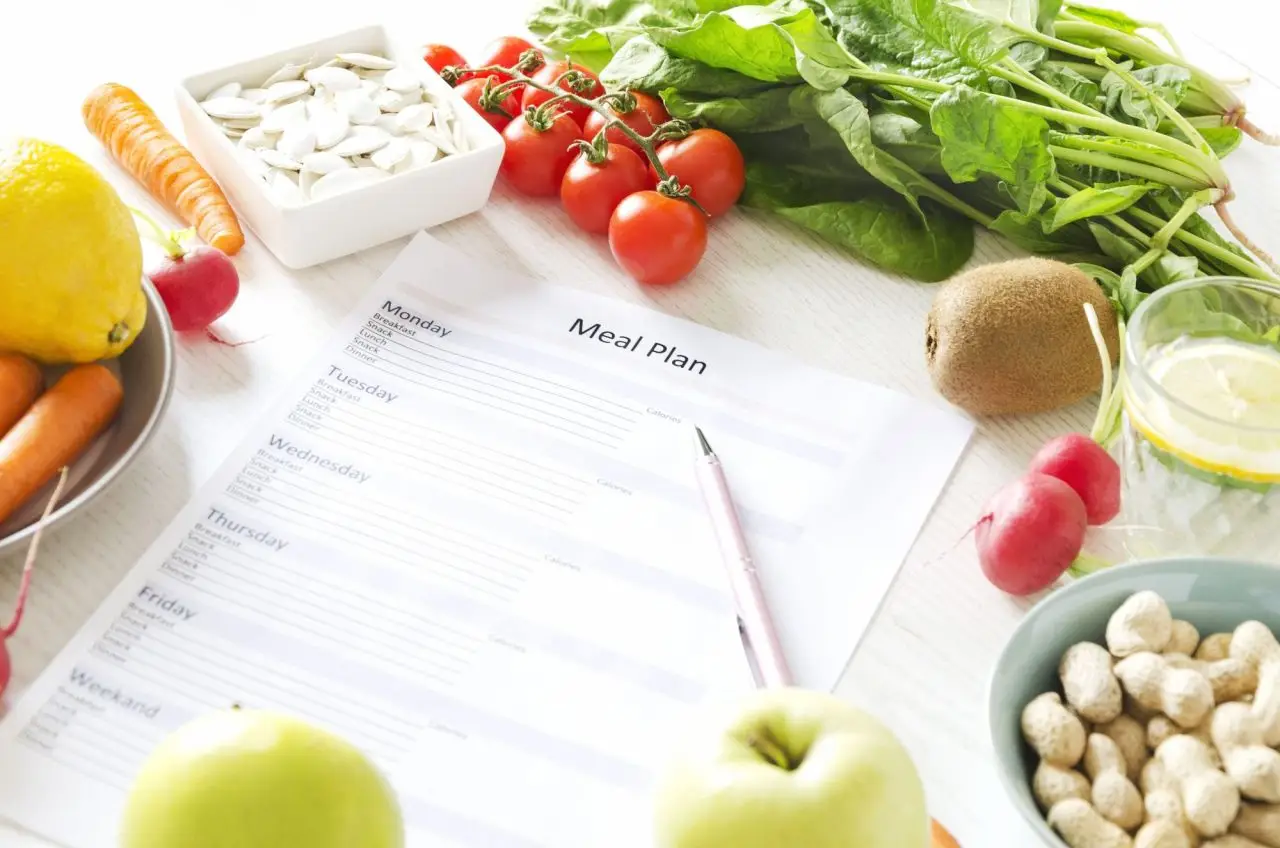



Comments
Hi how are you doing today my name is Godfrey Masaki from Tanzania, I and my family we thank God and we thank you all for your blessings vegetarian education now we are starting to become vegetarian thank you GOD bless you.